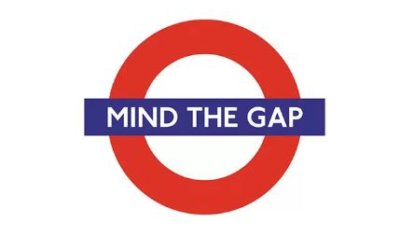If I used the title “retirement account” my following might go up about ten-fold. All of us are a little nervous as markets reach historic highs and the future seems anything but rosy. I write this as the government is shutting down its non-essential operations. Seems similar to when a snowstorm hits and only “essential” personnel are asked to show up. Hmmm. What does it say about my organizational value if I stay home?
There are about as many opinions about investing as there are registered advisers. I plan to offer a few entries on this topic so that each is bite-sized. Let’s begin with a few myths that should be cleared away.
“Endowments are invested for an unlimited time horizon.” This is not a healthy strategy. Much of what an endowment earns is spent annually, often at a rate that far exceeds inflation. Scholarships, professorships, chairs and general operations are supported by the earnings of an endowment. For many, if the endowment heads southward, winding up with a principal value below the original donation (aka, it is “underwater”), spending may cease. In 2009, for a lot of well-heeled institutions, this actually happened, causing some to borrow boatloads in order to avoid drastic cuts.
Indeed, endowments tend to be invested for the long haul but there is a need for some form of intermediate gain so that funding is available for annual distribution. You thus should avoid rolling the dice by investing the entire endowment on that vacant acreage your board member recently bought where natural gas is known to be underfoot. It may be decades before it pays off and, in the meantime, you have to pay for a few things every year. I acknowledge that UPMIFA allows for spending when endowments are underwater but, in reality, such practices remained frowned upon under the guise of intergenerational equity.
“Annual spending should be between 4% and 6% or a rolling, multi-year average.”This is not workable anymore either. While we revel in the growth of the market over the past four and a half years, it was rebounding from a catastrophic loss prior to March, 2009. Only this year have the broader indexes (indices?) reached their former high-point of nearly six years ago. Using that as a gauge, endowed funds spent during the sustained run-up were extracted at a time when they could have yielded a return of incredible proportions.
As an example, suppose your institution spends 5% of the previous three year average of its endowments. As of June 30, 2009, the Dow stood at $8,447. The three year rolling average for the Dow included the prior two June 30 values and was $11,069. That is 31% more than the 2009 value alone! Applying the five percent spending rate to the three-year average is equal to spending 6.6% of the 6/30/09 value. At a time when institutions should have been retaining as much as they could, their use of a three year average caused them to spend a good deal more.
But it gets better. Whatever was in the endowment on 6/30/09 was subject to a huge run-up over the following four years, with the Dow moving from $8,447 to $14,910 as of 6/30/13. That’s a whopping 76.5% increase. Whatever was spent in 2009 could have remained invested in the Dow, enjoying that significant increase. Applying the 76.5% foregone growth of 6/30/09 funds to the 6.6% of value spent on that day, makes the rate of foregone earnings equal to 11.6% of the 2009 values. That is a lot to give up!
In essence, endowments spent more than their stated spending rate because the three year averages were well in excess of values as of 6/30/09. Added to this is the extraction of funds that, had they remained invested and tracked the Dow, would have grown by 76.5%. Spending today takes away a lot of spending tomorrow.
The following table illustrates this:
| Date | Spending | Effective | Foregone |
| 6/30/2009 | 5% | 6.6% | 11.6% |
| 6/30/2010 | 5% | 5.0% | 7.7% |
| 6/30/2011 | 5% | 4.1% | 4.9% |
| 6/30/2012 | 5% | 4.5% | 5.3% |
| 6/30/2013 | 5% | 4.5% | 4.5% |
As the table indicates, the real rate of spending being given up at 6/30/09 (provided that spending was allowed) was 11.6%. Had the spending rate been 3% for that year, the rate foregone would have been 6.9%. Spend less, earn more. Sounds like a Dave Ramsey tagline.
Another challenge is inflation. Ideally, an endowment provides sufficient return to cover not only spending but the impact of inflation and the need for real growth over time. So, if an endowment spends at 5% while inflation is running along at 2% and desired real growth is a mere 1%, the endowment must grow by 8% each year to keep up with expectations. With economic growth running at 1.5%, the double digit growth of the stock market over the past few years must end at some point. Spending rates need to be closer to 3%. Otherwise, another 2009 looms large.
Next up will be myths about buying and holding “quality” stocks and bonds.



